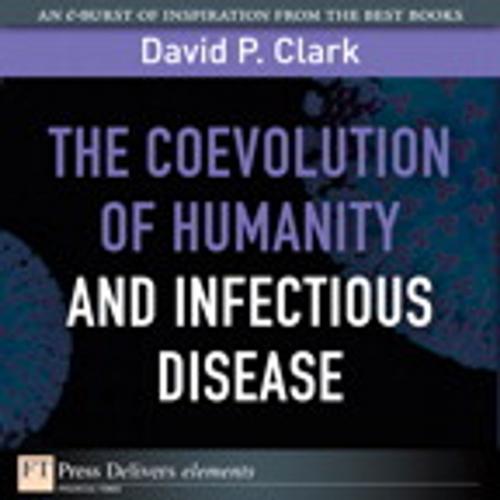The Coevolution of Humanity and Infectious Disease
Nonfiction, Reference & Language, Education & Teaching, Teaching, Teaching Methods| Author: | David P. Clark | ISBN: | 9780132102261 |
| Publisher: | Pearson Education | Publication: | April 16, 2010 |
| Imprint: | FT Press | Language: | English |
| Author: | David P. Clark |
| ISBN: | 9780132102261 |
| Publisher: | Pearson Education |
| Publication: | April 16, 2010 |
| Imprint: | FT Press |
| Language: | English |
This is the eBook version of the printed book.
This Element is an excerpt from Germs, Genes, & Civilization: How Epidemics Shaped Who We Are Today (9780137019960) by David P. Clark. Available in print and digital formats.
¿From hunter-gatherers to agricultural societies and beyond: How humans and disease have evolved together.
¿Patterns of infection vary greatly between hunter-gatherers and settled agricultural societies. Two major factors are intertwined: low population size and high mobility. Ancient hunter-gatherers almost certainly had much less infectious disease than we have today. Before dense human populations grew, most of our epidemic diseases did not exist. Furthermore, small, mobile, relatively isolated tribes would rarely have been infected by contact with others.
This is the eBook version of the printed book.
This Element is an excerpt from Germs, Genes, & Civilization: How Epidemics Shaped Who We Are Today (9780137019960) by David P. Clark. Available in print and digital formats.
¿From hunter-gatherers to agricultural societies and beyond: How humans and disease have evolved together.
¿Patterns of infection vary greatly between hunter-gatherers and settled agricultural societies. Two major factors are intertwined: low population size and high mobility. Ancient hunter-gatherers almost certainly had much less infectious disease than we have today. Before dense human populations grew, most of our epidemic diseases did not exist. Furthermore, small, mobile, relatively isolated tribes would rarely have been infected by contact with others.















